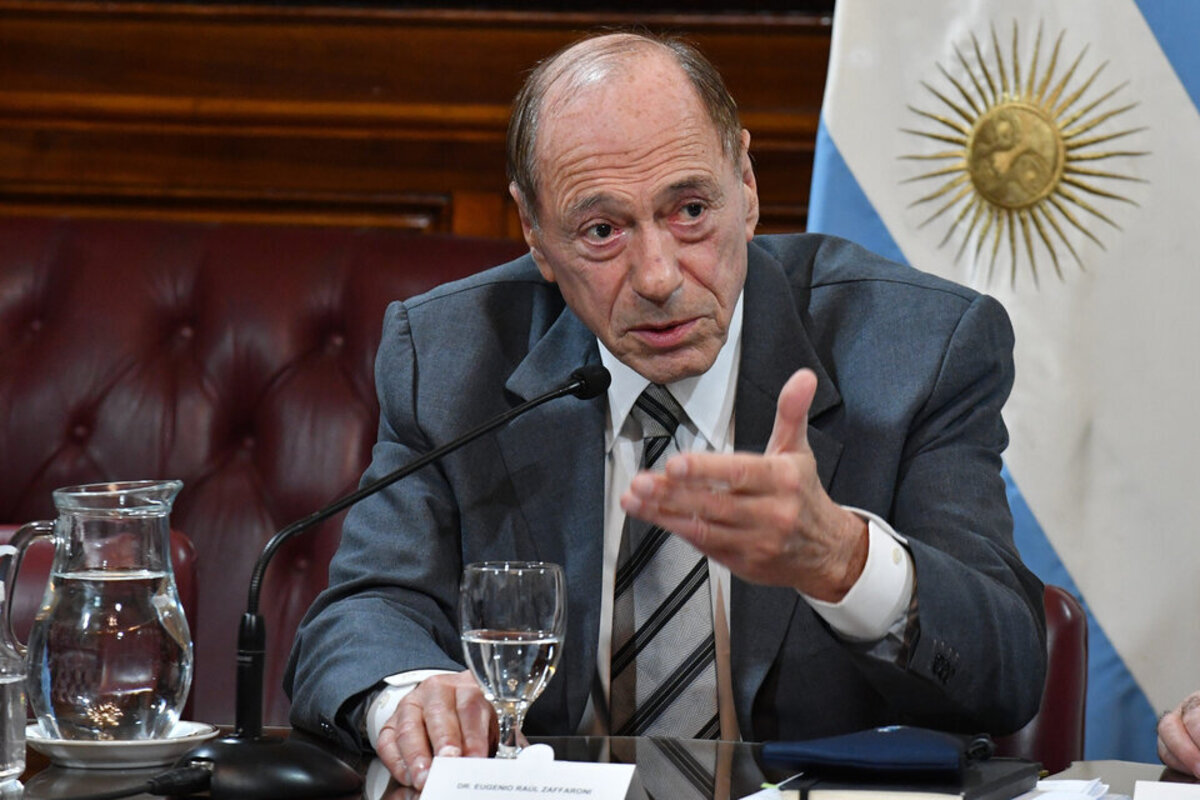Argentinian judge, newly appointed to senior position in Vatican, spared paedophile jail on the basis that it was dark
Paedophilia is a crime against innocence
The Synod of Bishops convened in Rome by Pope Francis is testimony to the magnitude that the scandal of paedophilia in the Catholic clergy has reached.
In Salta this summit has particular resonance, due to the strong Catholic tradition of our province and the large number of cases that have been made public in recent times involving well-known local religious and, in particular, the scandal surrounding the former bishop of Oran, Gustavo Zanchetta.
Technically, paedophilia is a paraphilia, where the adult feels sexual interest towards the minor. It is a pathology whose victims are minors. The paedophile seems to be stuck in one of the stages of his childhood or adolescence and is usually a person with very low self-esteem, who obstructs his sexual and affective relationship with people his own age. For this reason, he takes advantage of his relationship of power to subjugate minors, who in turn are afraid to denounce him.
Although paedophilia is nowadays associated with the Catholic Church, it is a universal epidemic. Most cases occur in the privacy of the home. In Spain, for example, it was found that 23% of girls and 15% of boys suffer various types of sexual abuse and that only 40% receive help.
Paedophiles seek a space that gives them power and impunity, such as schools, children's shelters or churches of various faiths.
This impunity is also guaranteed by prejudice and complicity. Argentina's criminal justice system, civil and secular, has produced incomprehensible rulings, such as the one signed in 1989 by the abolitionist theorist Eugenio Zaffaroni, which exempted from prison an adult who abused an eight-year-old girl, arguing that it only involved oral sex and that the crime took place in the dark.
Many institutions tended to protect this type of conduct in order to avoid discredit. This silence made them complicit.
For the Catholic Church, although no study reveals more cases of abuse in its midst than in other institutions or faiths, the situation is particularly scandalous, because of the values it has upheld for two thousand years.
The essence of the Christian message is one of conciliation, peace and the defence of life. However, when it comes to abuses against the innocence of children, the Gospel text sounds like a whipping boy. In the Gospel according to Luke, Christ warns: "It is inevitable that there will be scandals, but woe to the one who causes them! It would be better for him if a millstone were tied around his neck and he were thrown into the sea, rather than scandalise one of these little ones".
The protection that Catholic religious receive from the institution is therefore inexplicable. In this case, the text is unequivocal: paedophilia is worse than suicide or the death penalty.
Beyond the reproaches Pope Francis receives for his ambiguities in the case of the Chilean paedophiles, and for the tolerance he showed towards Zanchetta, it is necessary to recognise that he is the first pontiff to address this problem with a synod, which is a world summit of bishops. Just as no other institution, political or religious, has had so much public exposure for these perversions, it is also true that Francis is pushing for an openness whose consequences for the life of the Church are unforeseeable.
Christianity is not just a belief, nor is the Church a mere institution of power. It is a millenary institution, which developed a vision of the world where the human person and his or her uniqueness occupy a central place.
The paedophilia of the clergy, like the arbitrariness of the Inquisition or the tolerance of human rights violations committed by the Church, are aberrations. However, humanity today cannot be confined to a secularist and anti-clerical outlook, because child abuse, pornography and child prostitution are a widespread evil in the world, which transcends ideologies and cultures, and which is a scourge for many children and adolescents.










.jpeg)

Comments